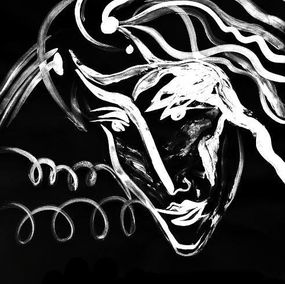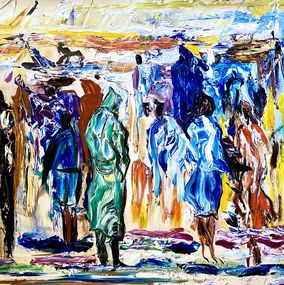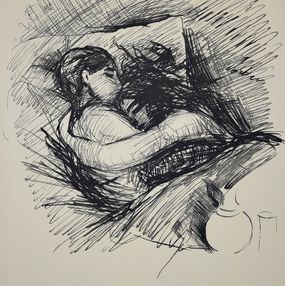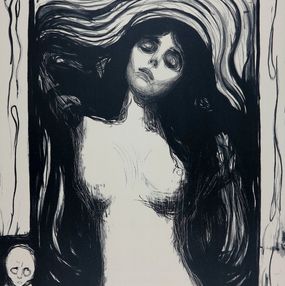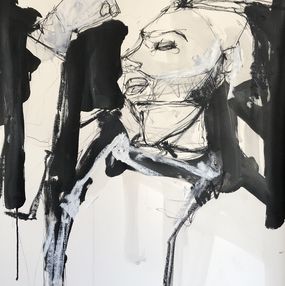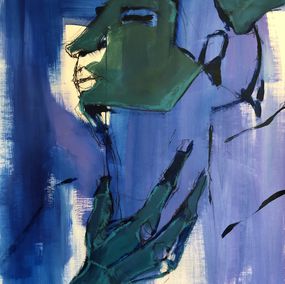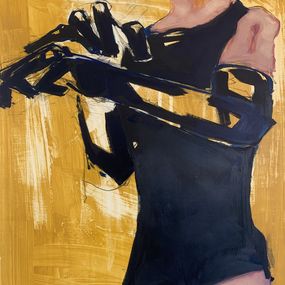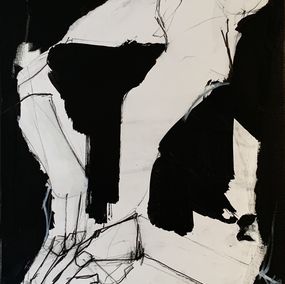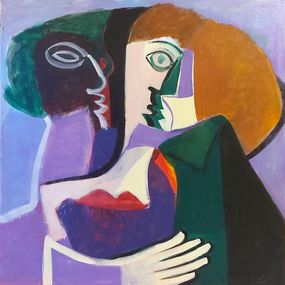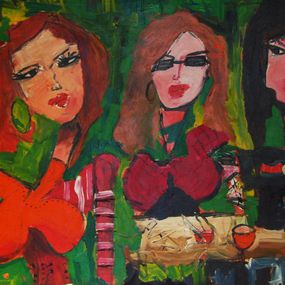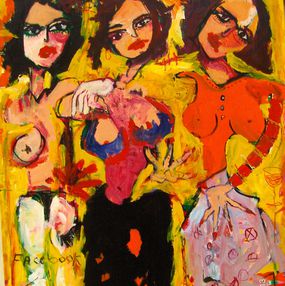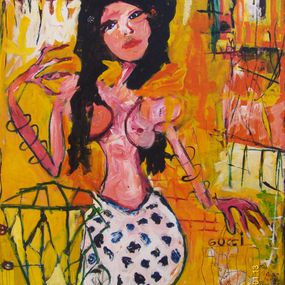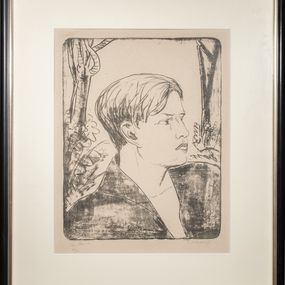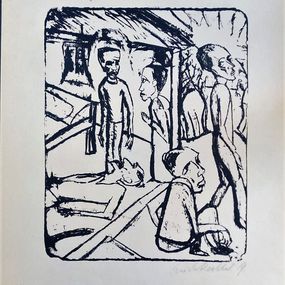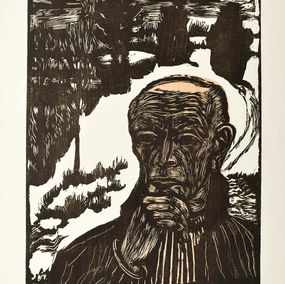
Free Secession
During the period between 1898 and 1919, fast and radical changes occured in the German art scene. From Impressionism to Expressionism, from Cubism, Futurism to New Objectivity and Constructivism: Berlin saw many movements from the Berliner Secession to the November Group. In 1898, the Berlin Secession was founded in opposition to the established and outdated cultural policy of the German Empire. They represented modern art movements, especially Impressionism. But already in 1910, another group of young artists challenged the art of Impressionism. The New Secession, a group of expressionists, was founded. Four years later, differences of opinion within the Berlin Secession clashed again: The Free Secession was established.
The Free Secession or in German “Freie Secession" was an association of modern artists in Berlin organizing joint exhibitions dating between 1914 and 1923. The Free Secession was formed after 42 members in late 1913 left the Berlin Secession, which thereby lost a majority of its members and nearly all of its most prominent artists. The disaster of World War I accelerated the development of art even more. In 1918 the November Group was founded and focussed on political aspects of art. Max Liebermann, a former co-founder and leader of the Berlin Secession was made honorary president of the Free Secession. Other notable members included Ernst Barlach, Max Beckmann, Theo von Brockhusen and Charles Crodel. Discover the many Artsper artists inspired by the Free Secession art movement today!





